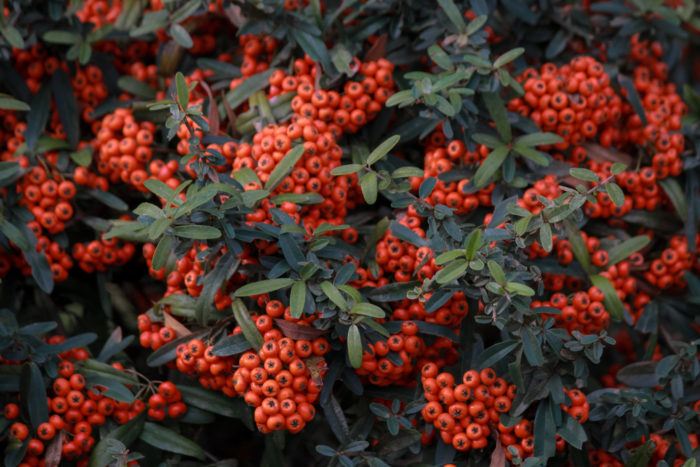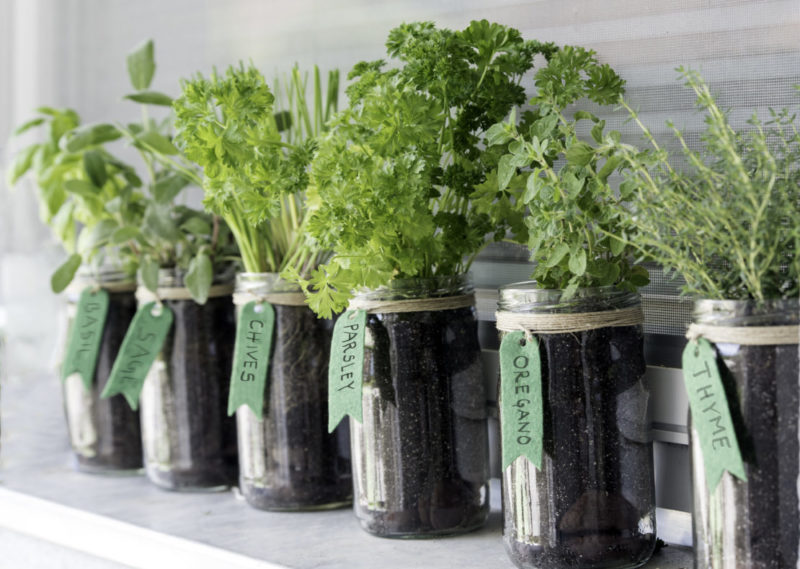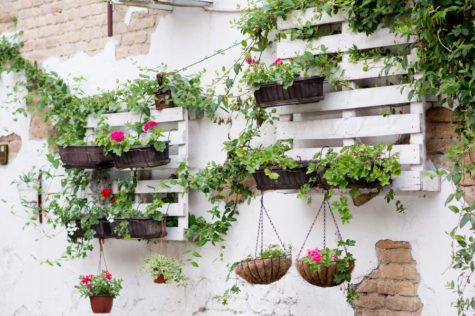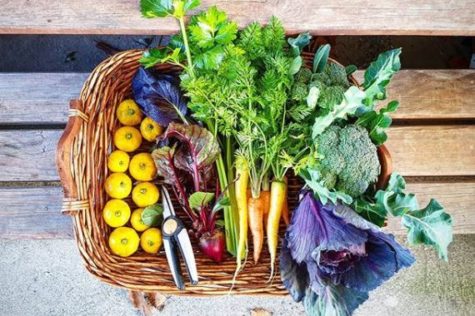Part of having a garden is being able to enjoy your own little slice of nature, and getting to experience the wildlife that comes with it. Attracting birds to your garden is one of the easiest ways to connect with your local environment, and is possible even in the most urban location. If you’re looking for ways to cultivate a bird friendly garden, you’re in the right place.

The benefits of a bird friendly garden
Why should you try and encourage more birds to your garden? Well, firstly, they’re a joy to watch. I used to scoff at my grandparents and, more recently, my parents for just how much they love sitting by a window and watching a flock of sparrows or pigeons hopping around searching for the seed that had been scattered that morning. Except, when I finally paused for five minutes, I discovered that not only is it admittedly pretty pleasant to watch birds do bird stuff, my relatives had managed to attract LOADS of different bird varieties – including wrens, woodpeckers, wagtails and about six different kinds of finch.
Anyway, another huge benefit to having a bird friendly garden is that they’re a natural, pesticide-free way to manage your garden bug population. So, if you’re trying to grow your own vegetables but are constantly battling against the worst kinds of insects, birds are going to act like your own personal army against them.
Providing a habitat for birds is also a wonderful way to introduce children to the natural world, teaching them about respecting wildlife and nurturing other creatures. There are lots of activities to get kids involved with birds, like making feeders, decorating bird boxes and counting the different varieties of birds that appear.
Bird-friendly garden ideas
The quickest way to increase the number of birds in your garden is to make sure you’re meeting as many of their needs as possible.
It’s about more than keeping your bird feeder topped up; you should aim to provide a variety of food, and offer safe places for birds to hide, bathe and nest.
1. Plant bird friendly plants
Birds rely on plants as a primary source of food and as a hunting ground, as well as for shelter. Growing lots of native plants will increase the likelihood of local birds choosing to make your garden part of their home (and they’ll also need less maintenance than trying to grow exotic plants). If you’re not sure which plants are native to your region, a local plant nursery is the best place to ask.

If you only have a limited space, try to include a combination of plants that will mean your garden has something to offer each season. For example choosing, flowering plants that attract pollinating bugs for birds to feed on in spring and summer, shrubs that produce berries and seeds in autumn, and at least one large evergreen plant to provide coverage over winter.
You Might Also Like: 14 Birds You’ll Find in Your Winter Garden
2. Garden design that attracts birds
Most wild animals will avoid spacious lawns and open areas, as it makes them vulnerable to predators, or risk being spotted by prey. This is true for birds as well, so try to limit the amount of empty space in your garden if you want them to feel comfortable. Increase the size of flower beds if you can, plant more shrubs and consider replacing bare fences for hedges.

Having lots of layers to your garden will make it easier for birds of all sizes to find somewhere to forage and shelter. Try to combine different kinds of shrubs and trees that will grow to different heights. You can surround them with smaller plants and flower beds to create lots of variation, even in a small area.
Another tip is to hold back on pruning, or you can scare off birds that are preparing to nest. Leave undergrowth and leaf litter for them to use as building materials, and avoid disturbing hedges too frequently.
3. Bird feeders
The sheer number of bird feeder options can seem overwhelming, but you can make your decision by understanding how the birds that visit your garden prefer to eat. The RSPB actually has a helpful page with tips about choosing the right bird feeder! As they point out, the most important consideration is bird safety – make sure the feeder(s) you choose can’t trap feet or wings, and can maybe offer some protection from squirrels or cats.
Seed feeders are designed for fine grains, and usually have one or to narrow openings for small birds. A metal seed feeder is generally more durable than plastic, particularly if your garden attracts squirrels, too!
Peanut feeders can be used for both nuts and suet balls, as long as the mesh is fine enough that large chunks don’t get broken off (but isn’t so fine that it causes beak damage).
Ground feeders are good for larger birds, as well as species that forage – like robins and blackbirds. If you know there are cats in your neighbourhood, position the ground feeders in an open space (so it’s harder for them to hide) and consider adding a protective cage with bird-sized holes.
Suet feeders tend to have much larger holes than nut feeders, giving birds somewhere to perch while they peck at the suet balls or cakes.

4. Build a bird bath
Bird baths provide somewhere for our feathered friends to wash, drink and socialise, and make a beautiful focal point for a bird friendly garden. Bird baths come in lots of different styles, so you should be able to find a design that blends well with the rest of your garden aesthetic. Even a regular ornamental water feature can double as a bird bath, as long as the water is kept fresh.
You can also turn a bird bath into a dust bath, which some species use to reduce excess oil, dirt, and feather mites. To accommodate this, provide a tray (about a metre across, and 5cm deep) filled with a mixture of loose soil, sand and ash (if you have a fireplace). Sieve the mixture to remove large chunks, and position your dust bath in a sunny spot.
5. Bird boxes and houses
Bird boxes, or nesting boxes, are designed to attract birds that are looking for a safe space to make a home. There are lots of styles and sizes available to buy, or you can have a go at making your own. As I mentioned before, it’s a great way to get kids engaged with your garden wildlife!
Make sure to position your bird box somewhere it will be difficult for cats to interfere with it, and set a reminder to empty it out each year.

6. Make your garden cat proof
Anyone that enjoys watching birds in their garden will have some concerns about cats – even if they’re a ‘cat person’! There are a few ways you can deter cats from your garden and/or protect your birds from lurking felines.
For example, you can get devices that emit a high-pitched noise that cats don’t like, but which is supposed to be inaudible to humans. Obviously, these are no good if you have your own pets, and also be aware that young people can be affected by the noise. Not just teenagers, either – I’m rapidly approaching 30 and find it impossible to sit in my grandmother’s garden unless she switches the device off.
Instead, I would recommend just making it harder for cats to stalk birds in your garden. Put your feeders in open spaces, or above prickly shrubs that cats won’t want to hide in.
It takes time to attract wildlife to you garden, and birds are no exception. Adding these features to your garden is the first step, but you’ll need to employ some patience before your efforts pay off! Don’t forget to take a look at our tips for attracting butterflies and dragonflies into your garden too – you’ll be glad you did.

Save this pin for later









